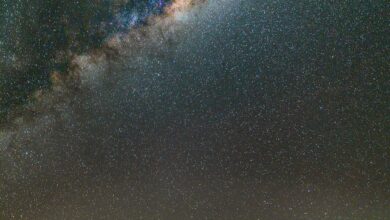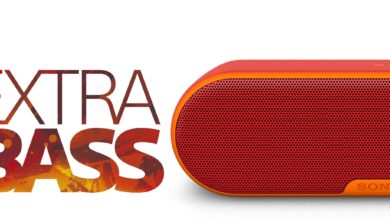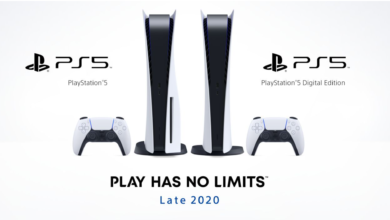Private Spaceflights are the next Big Thing, but Can You and Me Fly ?
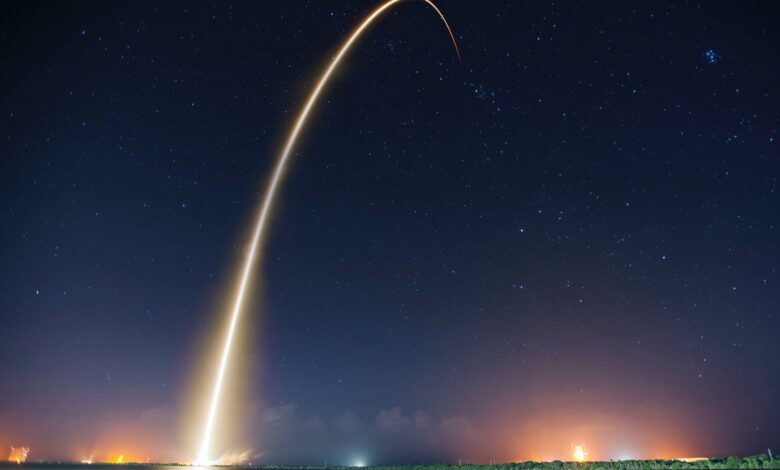
Traveling in space is a fantasy term for people like you and me. You might think it would be impossible but wait…
Today we are going to look at how space travel is turning into a reality.
SpaceX, Blue Origin, and Virgin Galactic are in a modern space race. These billionaire-run companies are racing to bring people like you and me into space.
But how will they do it? How will SpaceX, Blue Origin and Virgin Galactic take us to space? We have covered it all. Let’s start.
Virgin Galactic
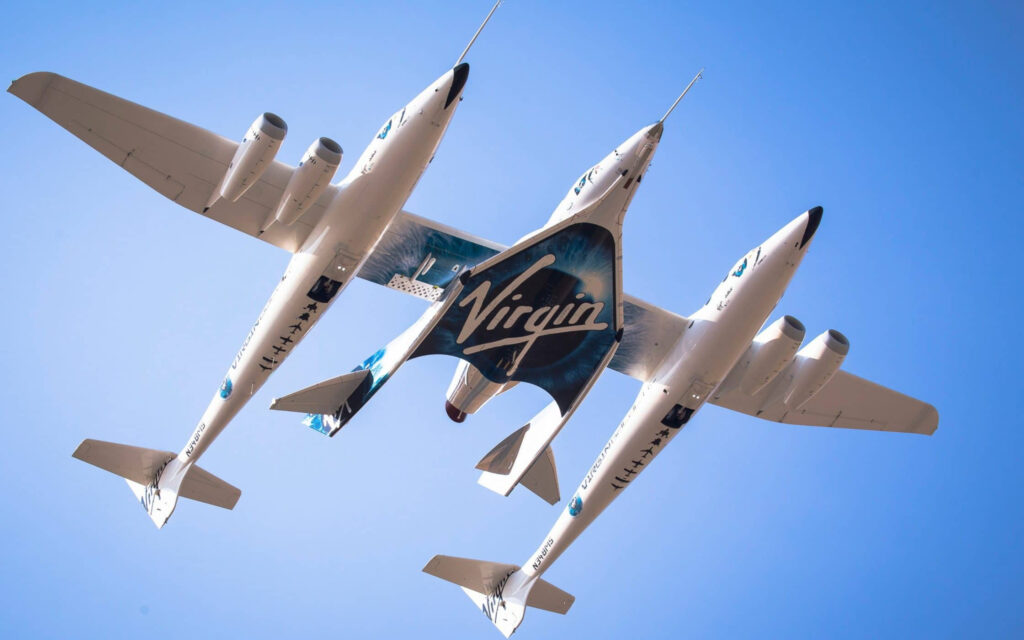
Virgin Galactic aims to make commercial space travels accessible. But the spaceship it uses is unique.
Virgin Galactic’s Spaceship Unity looks more like a plane than a rocket. It works on the reusable SpaceShipTwo (SS2) spaceflight system. The ship consists of WhiteKnightTwo (WK2)(WK2), a custom-built carrier aircraft, and SpaceShipTwo (SS2),
It is the world’s first passenger-carrying spaceship, built by a private company that operates in commercial service.
Virgin Galactic uses two different operational vehicles attached with their reusable SpaceShipTwo (SS2) spaceflight system. It consists of one all-carbon composite aircraft carrier, WhiteKnightTwo (WK2)- and one passenger spaceplane SpaceShipTwo (SS2).

The vehicles are also called VMS Eve and VSS Unity. Both of these are improved iterations of the 2004 debut.
The final assembly is a three-cabin, aerial behemoth. VMS EVE is a four-engine, dual-fuselage jet aircraft with a wingspan of forty-three meters, making it one of the largest of its kind.
The catamaran design allows for easy access to uniquely heavy payloads, which in this case, is another spaceship. VSS Unity is attached in the middle of the two cabins and moves forward with take-off like any commercial airline.
The craft is raised about 15,000 meters into the air. From here, the spacecraft detaches, and VSS Unity shows off its hybrid rocket motor bringing the spaceship above the atmosphere at speeds three and a half times the speed of sound.
At apogee or the highest point of ascension, the motor turns off and the VSS Unity just coasts. It is a point where passengers onboard will experience about four to five minutes of microgravity before the spacecraft turns itself into a feathered position. This makes Virgin Galactic’s spacecraft so different.
Same as the physics seen in a descending badminton shuttlecock, the VSS Unity steers its nose downward, letting gravity pull the craft back to Earth’s surface. The feathered position or the rotation upwards of the twin tail booms produces enough drag to slow the plane through the upper parts of the atmosphere to end in a gliding touchdown
Founder Richard Branson was the first to take the trip on Virgin Galactic with five other crew members into suborbital space on July 11, 2021.
SpaceX
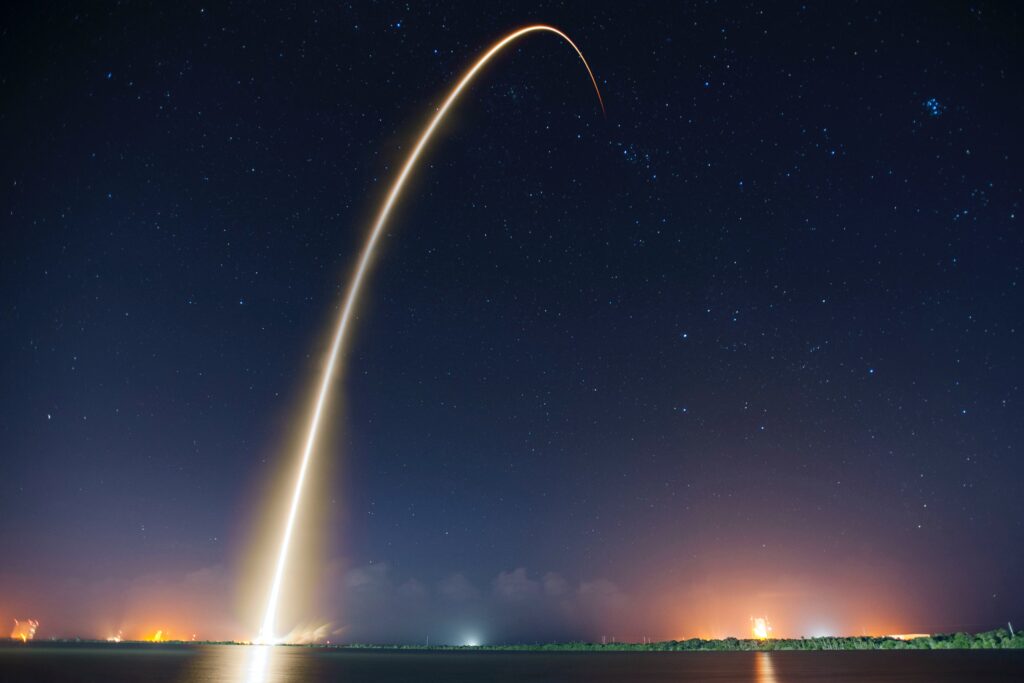
Elon Musk’s company SpaceX has also sent people to space. The combined mission of SpaceX and billionaire entrepreneur Jared Isaacman, founder and CEO of Shift4 Payments, has made history by launching four nonprofessional astronauts to orbit on September 15th 2021.
This was the first crew of nonprofessional astronauts to fly to space. Isaacman gathered a unique group of individuals for the mission. He chose Hayley Arceneaux, a cancer survivor and now a physician assistant at St. Jude, Sian Proctor, a geoscientist and a science communication specialist through an entrepreneurial competition, and specialist Chris Sembroski via a charity lottery.
SpaceX’s Crew Dragon capsule was developed by heavy investment from NASA and has flown 10 of its professional astronauts on the spacecraft.
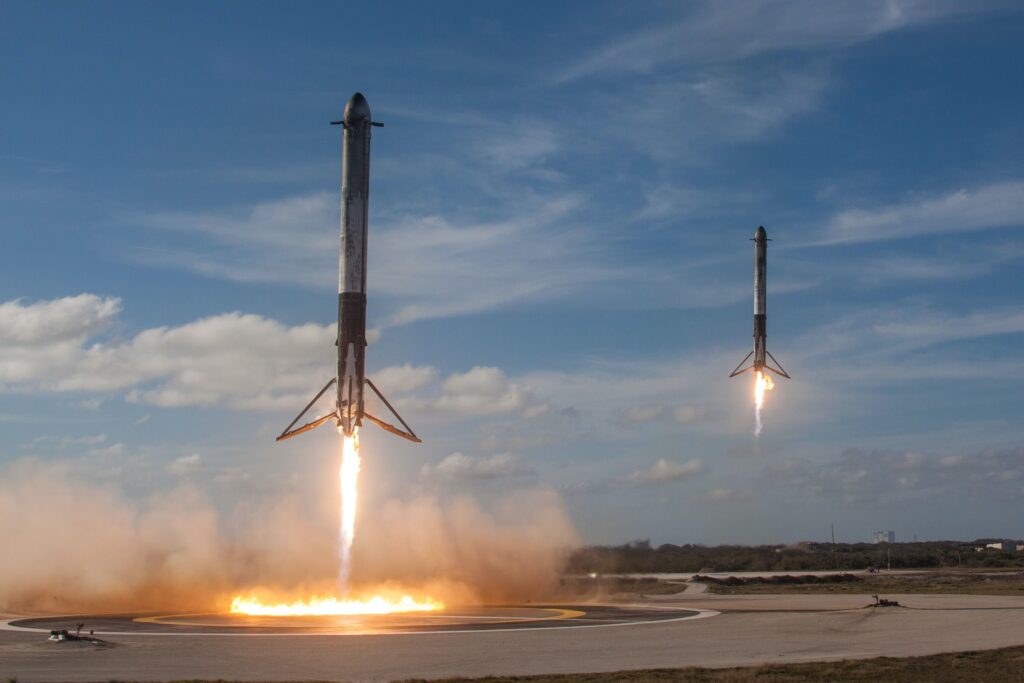
The SpaceX’s Crew Dragon capsule flies to an orbital altitude of about 575 km where the Inspiration Crew floats for around three days before reentering the atmosphere.
Crew Dragon: Resilience
SpaceX developed its Crew Dragon Spacecraft and finely tuned its Falcon 9 rocket under NASA’s Commercial Crew program.
The Rocket: Falcon
SpaceX’s Falcon 9 is the workhorse of the company’s growing bunch of rockets. It stands at nearly 230 feet tall and can launch a maximum of 25 tons to low Earth orbit.
Blue Origin

The passion project of Amazon CEO Jeff Bezos, Blue Origin has built a reusable suborbital rocket – New Shepard rocket, and they were able to successfully send a crewed spaceflight in July 2021, The historic event launched Blue Origin’s founder, billionaire Jeff Bezos and three other civilians: Mark Bezos, Wally Funk and Oliver Daemen on a suborbital flight aboard the company’s New Shepard rocket.
Blue Origin is a private spaceflight company based in Kent, Washington was created in 2000 by Jeff Bezos, the founder and CEO of Amazon.com.
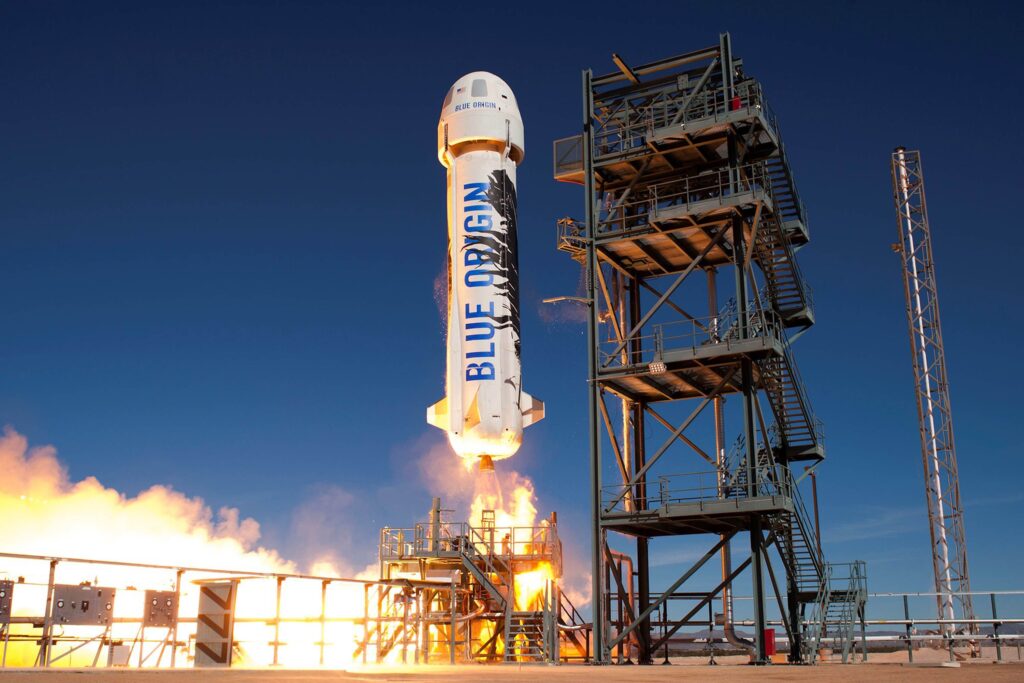
Earlier in 2015, Blue Origin successfully launched and landed a reusable rocket.
Currently, the focus of Blue Origin is on developing a lunar lander called Blue Moon that will make robotic cargo deliveries to the lunar surface. For this mission, Blue Origin is collectively working with SpaceX and Dynetics.
They aim to develop a human-rated moon lander by 2024 that will carry astronauts to the lunar surface under NASA’s Artemis Program.
Blue Origin, Virgin Galactic, and SpaceX are considerable players in the modern space race. However, there are other companies as well, competing for the same.
It is estimated that space tourism could generate $1.6 billion in revenue in the next decade. So, no matter which company crosses this finish line first. There will inevitably be another race. After all, space is infinite.

